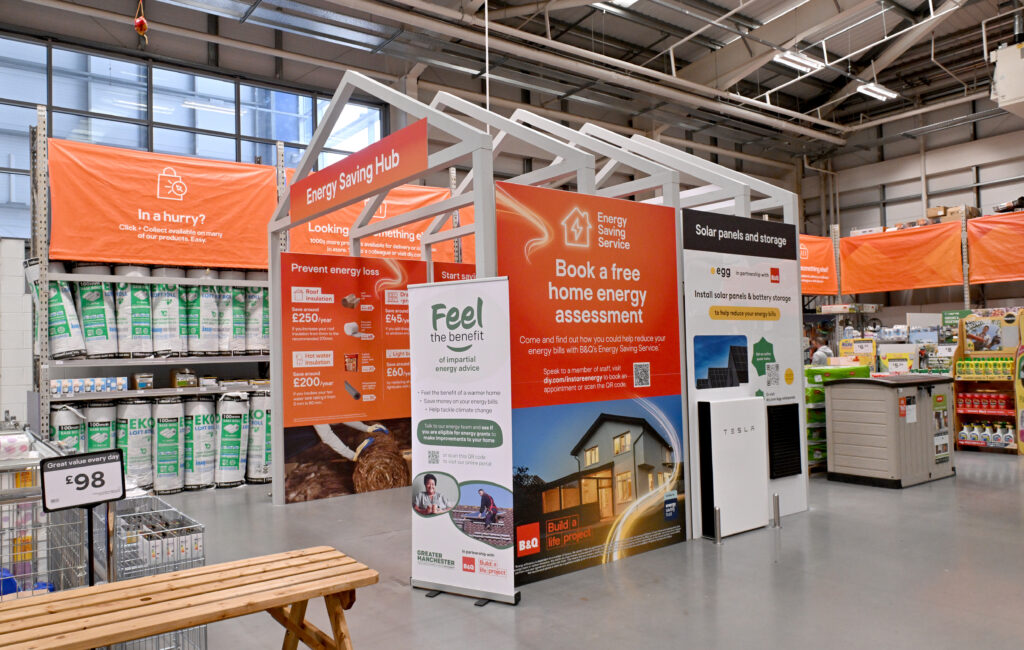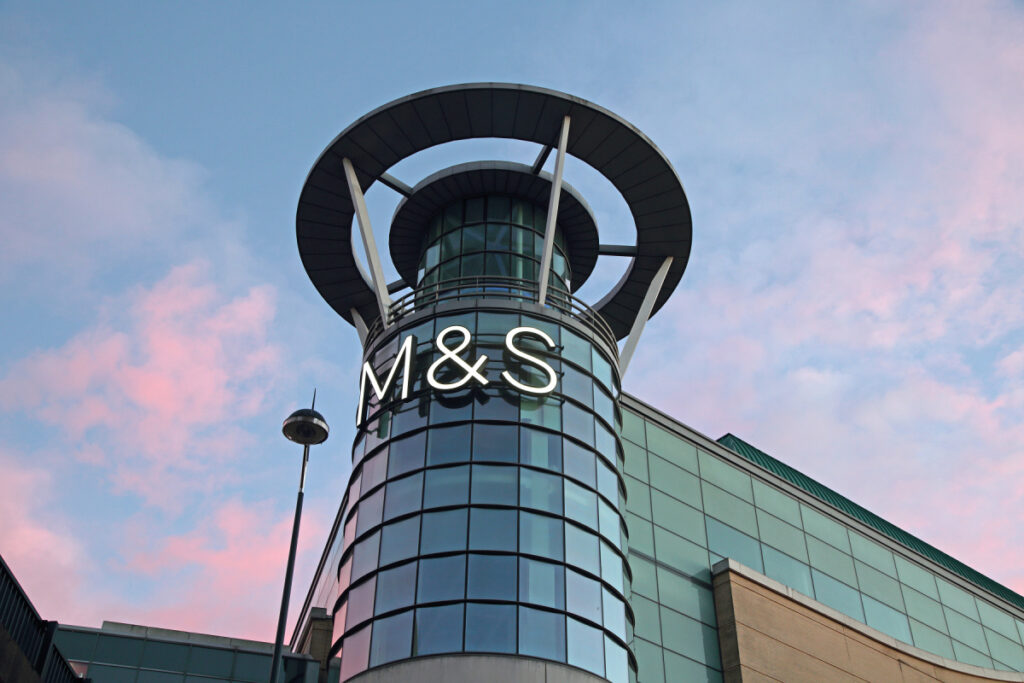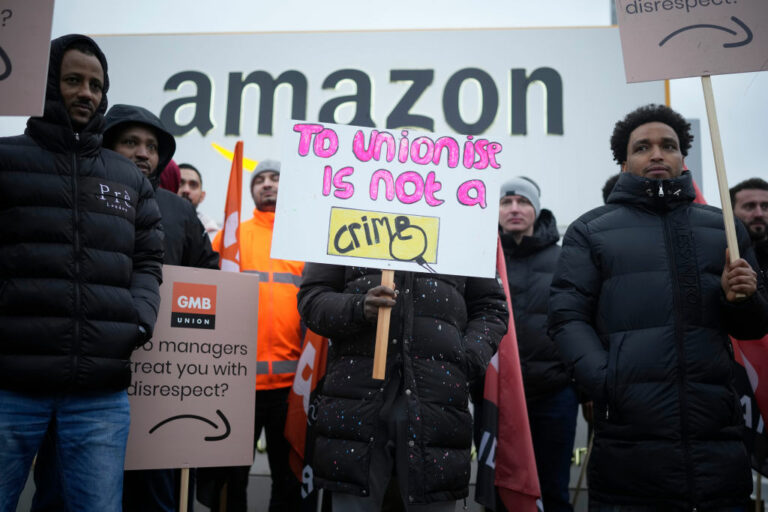The concept of counting customers in and out of stores is not a new one for European retailers. For the most part, retail brands and shopping mall owners throughout Europe have embraced people counting technology – many were even early adopters of it. However, a large number of companies are using systems that were implemented years ago and are now rudimentary in terms of technology and reliability.
These same systems lack the accuracy necessary to deliver key insights that can be accessed by matching the traffic data information with sales transaction and labour (scheduling or staffing) data.
With mounting pressure on retail margins and further convergence of online and offline shopping, enlightened retailers have begun to understand the need to monitor and analyse customer interaction across all stores. Doing this can help retailers to make more informed decisions about marketing, staffing, location and even devising the right strategy for new openings based on comparable store data. The challenge for retailers now is to ensure they have the right technology and processes in place in order to make this happen.
One system, multiple stores and geographies
Many retailers rely on shopper counting hardware that has been installed by a distributor, with a different vendor aggregating the resulting data. The notion of forming a long-term partnership with one provider or making specific demands on the quality of their supplier‘s analytics is not as widespread as it should be. Good data should be a given when analysing people counting data, however accuracy and consistency rates of 80 per cent are not uncommon. This in turn means that the resulting predictive analytics are unreliable.
It is hard to imagine any other business implementation where a figure like this would be considered acceptable. A retailer certainly would not passively accept a 20 per cent discrepancy in its yearly sales figures. The knock-on effect of poor traffic counting accuracy can be significant; a 20 per cent margin of error in your people counting data could impact the staff you bring onto the shop floor by as much as 50 per cent. Fortunately, just as they were early pioneers in their use of people counting technology, European retailers have also been quick to respond to the need for better data – and more of it – to gain an accurate view of how their customers are interacting with each store. These retailers understand the need to tie shopper counting into conversion rates, but they face internal barriers such as inconsistent strategies across territories.
Many retailers who operate across geographies make local purchasing decisions and may be using different counting devices or analytics across Europe. This makes it extremely difficult for global heads of marketing or operations to compare and contrast data or make business decisions based on this information. These operational heads, or in some cases global heads of insight, understand the need to adopt one system that is consistent across all stores and countries, in order to have true visibility over how the company is performing.
This demand for more detailed, better quality data is also evident in the UK. Some shopping centres here are not only counting traffic along perimeters, they are also implementing counting devices within individual stores to monitor the performance of each tenant. Retailers also share their point of sale data with mall owners in order to drive promotions. Together this increased level of collaboration helps to improve operational effectiveness and create a holistic view of traffic and conversion at every touch point.
Improving operational efficiency across channels
A greater level of visibility is crucial from a labour management perspective, enabling store managers to put their best staff on the shop floor during peak traffic times and reduce
RELATED STORIES

















